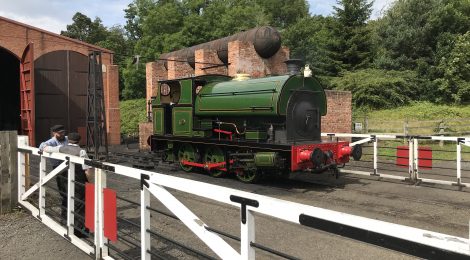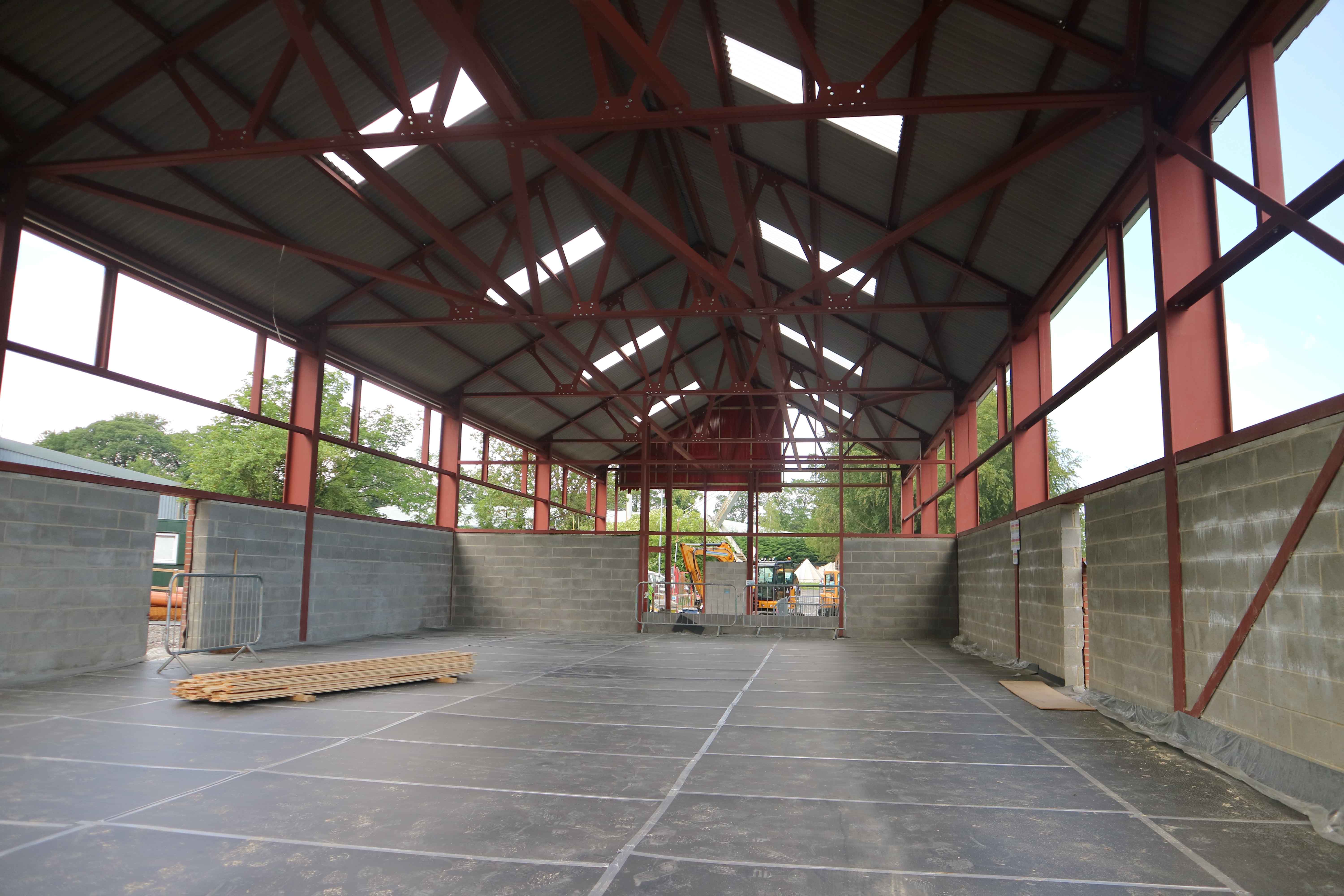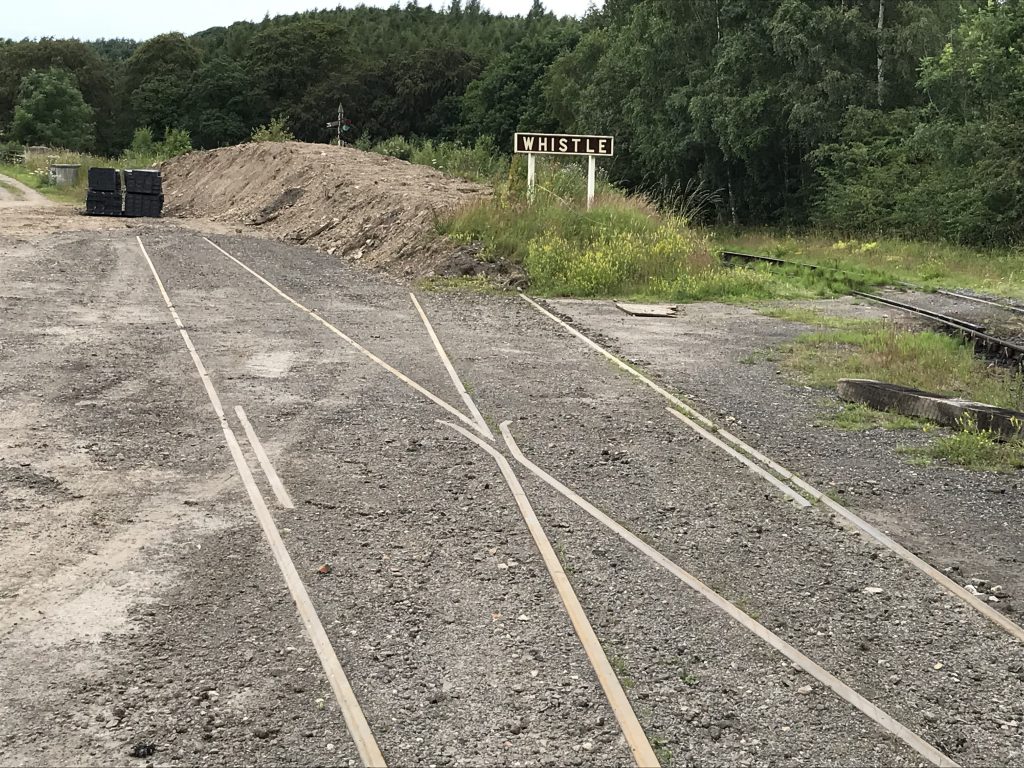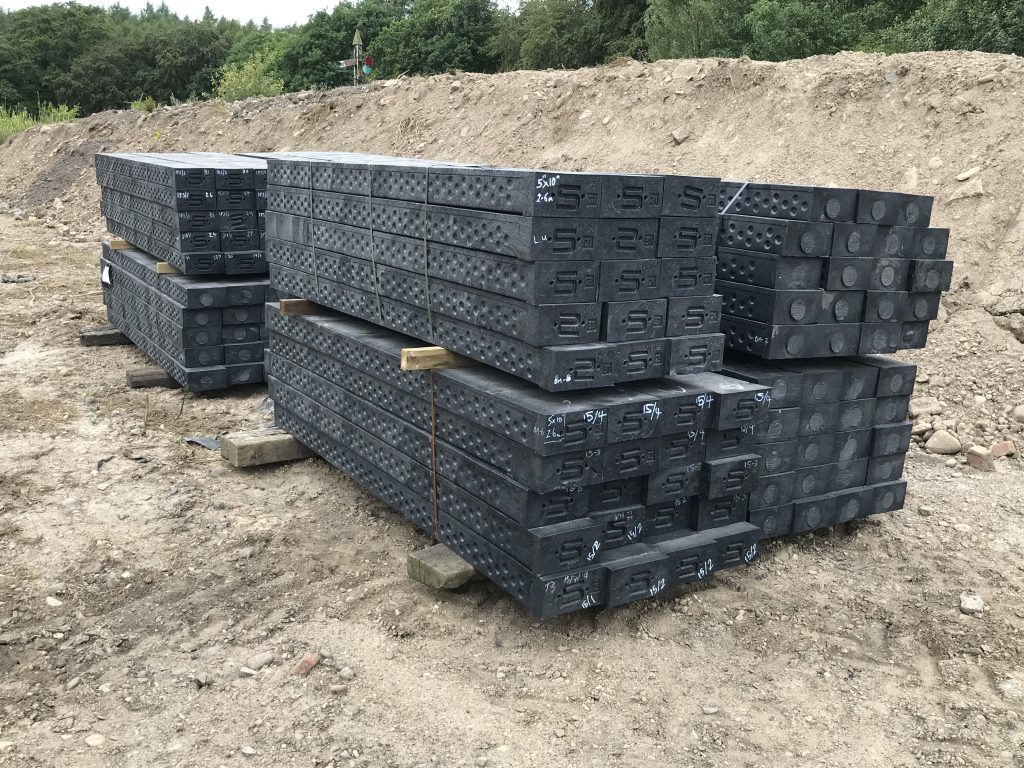
T&I News 16 2019…
A short post this week – time having run away from us for a lengthier report!
Bus Depot
Below: David Watchman took these photos for the museum’s social media platforms earlier in the week. They show the depot floor and pit in place and work and work continuing on the brickwork and walls.
Railway examinations and refreshers
Below: We’ve been undertaking our operating exams and refreshers on steam across the museum this week. Peckett 2000 was in use at Rowley for the ‘conventional’ railway side of things, the Waggonway also being in use plus a group of staff undertaking a Fitness to Run (FTR) course and assessment. This loco looks very much at home in this setting! GWR 813 is in operation this weekend coming.
Samson
Below: Samson will be visiting the Richmond Light Railway in Kent for their August 17th open day next month. With the expectation of needing to move Samson more often, a better solution to this is required, and so a cradle has been manufactured which will enable the locomotive to be lifted, rather than ramped (with a long rear overhang and very tight ground clearance, this presents challenges…). The test fitting of the cradle is seen here… The work is being carried out by our two mechanical apprentices, as part of the development of their portfolio of ‘typical’ work they will encounter at Beamish. This view shows the cradle in situ – essentially two stretchers bearing the load, and two bracing pieces to ensure their correct location under the locomotive.
Permanent Way
Below: The loading siding at Rowley East has been extended to enable vehicles to unload locomotives and rolling stock in either direction (obviating bunker-first running away from the station in future). A stockyard for PW material is also being created here.
Below: In readiness for future relaying of some sections of the tramway over the winter, plastic sleepers are being purchased and stored in readiness for this work. With the same mechanical properties as a hardwood sleeper, they have the advantage of being far more resistant to decay. We hope to use this method of re-sleepering exposed sections of the tramway more extensively in the future, this first section being the trial for it.

















With the unloading siding, what is the plan for the other line on the turn out? as you could put a siding in there
Hi Rob – there is no plan. We don’t need a siding there anymore (there was originally a plan to put a storage shed in this area), but there is no point removing the pointwork as it gives a useful curve onto the new loading area. So as it was more work to remove, we’ve left it there (and we know where we can find it if ever we need a spare fb turnout!).
Best wishes
Paul